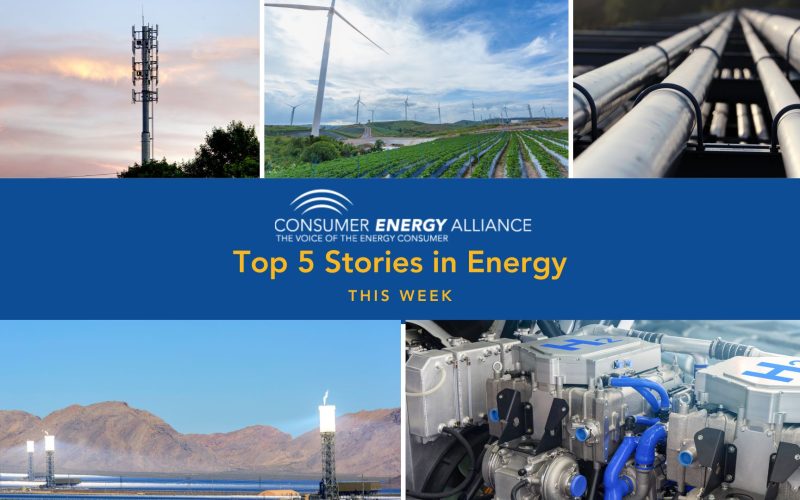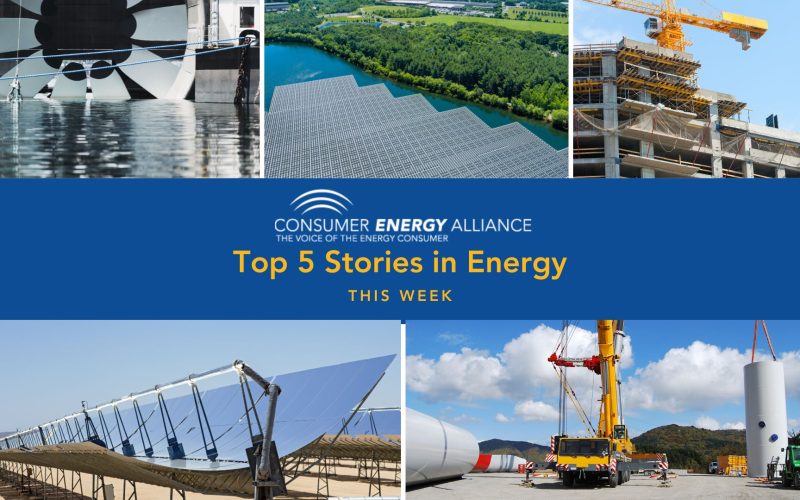THE VOICE FOR THE ENERGY CONSUMER

We talk a lot about pollution and how to cut back on emissions, but if you haven’t heard by now, we also have a trash problem – a worldwide trash.

President Biden unveiled his “Build Back Better” proposal on Wednesday, detailing plans to upgrade the country’s infrastructure, including fixing 20,000 miles of roads and 10,000 bridges, updating and modernizing the.

Atlanta, GA – Consumer Energy Alliance (CEA), the leading energy and environmental advocate for families and businesses, applauded the Georgia Legislature for overwhelmingly passing HB 150, bipartisan legislation to protect.

Washington, D.C. – Consumer Energy Alliance (CEA), the leading energy and environmental advocate for families and businesses, expressed concern in the trajectory of the U.S. Department of the Interior disbursements.

With temperatures rising this spring across the U.S. and travel-starved Americans starting to plan road trips, news stories this week have focused on how the prospect of an increased rate.

Louisville, KY – Consumer Energy Alliance (CEA), the leading energy and environmental advocate for families and businesses, applauds Governor Beshear for signing HB 207, bipartisan legislation that will protect the.

Columbia, SC – Consumer Energy Alliance (CEA), the leading voice for sensible energy and environmental policies for families and businesses, issued the following statement after the South Carolina Public Service.